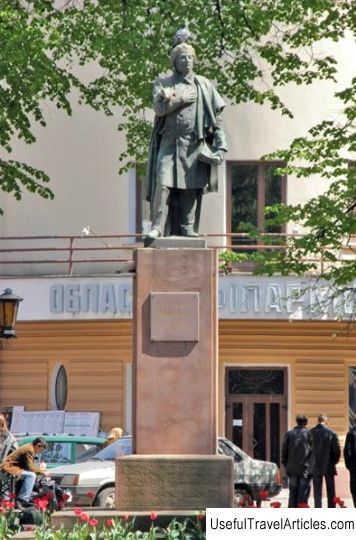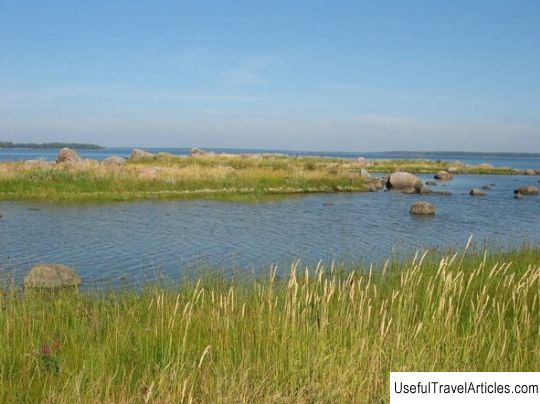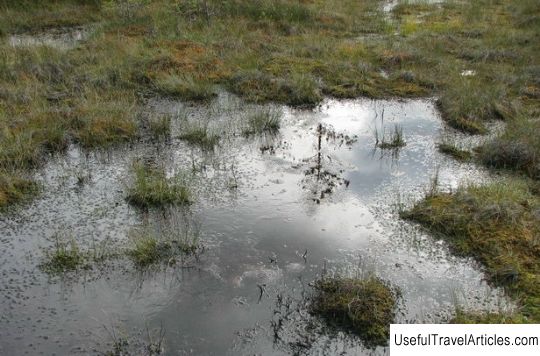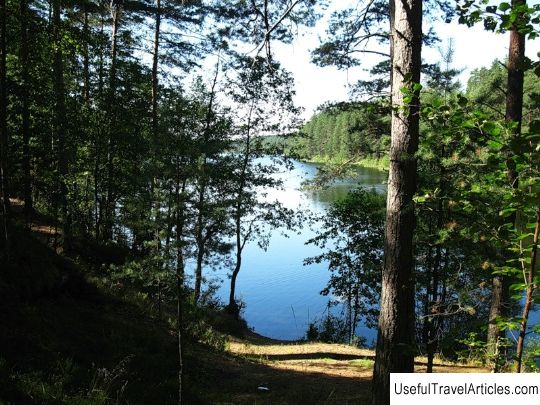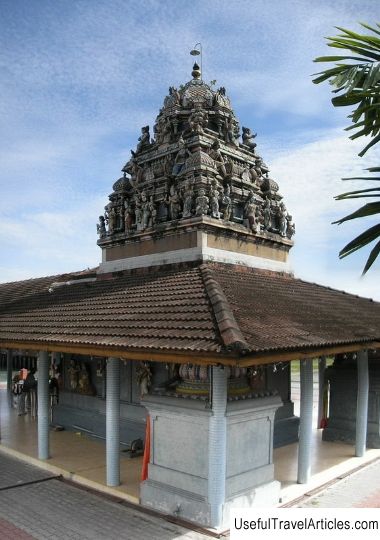Historical and Ethnographic Museum-Reserve ”Yalkala” description and photo - Russia - Leningrad Region: Vyborgsky District
Rating: 9,5/10 (6865 votes) 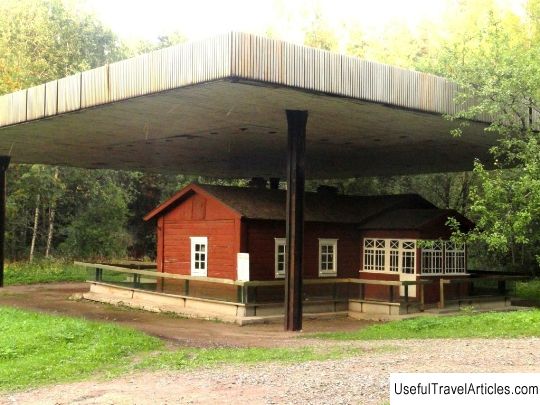
Historical and Ethnographic Museum-Reserve "Yalkala" description and photos - Russia - Leningrad Region: Vyborgsky District. Detailed information about the attraction. Description, photos and a map showing the nearest significant objects. Photo and descriptionHistorical and ethnographic museum-reserve "Yalkala" is located in the Leningrad region, in the Vyborg district, 13 km from Zelenogorsk in a picturesque corner of nature between two lakes: Long (Pitkajarvi) and Bolshoy Simaginsky (Kaukyarvi). In these places, alive and seemingly untouched by man and time nature is still well preserved: both lakes of glacial origin, and ozone-cam relief, plant associations typical of this climatic zone, as well as a diverse and rich world of animals and birds. Yalkala is the oldest state museum in the Leningrad Region. The history of the museum dates back to October 20, 1940, when the Second World War was already going on in Europe, the Winter War ended recently, as a result of which the indigenous population remained on the Karelian Isthmus. 420 thous. Finns left for Finnish territory, and new settlers had not yet managed to settle in this territory. For the first half century the museum worked as the House-Museum of V.I. Lenin, whose main theme was the life and work of Ulyanov during his time in the underground - from June 5 to October 24, 1917. During this short period, Lenin changed 15 safe houses. The eighth in a row was the house in Yalkala. Here for about a week Lenin hid in the Finnish family Parviainen at the beginning of August 1917. Lenin was brought from Razliv to Yalkala by his eldest daughter Parviainen and her husband, who was with V.I. Lenin's bodyguard at that time. The main part of the museum's exposition was devoted to the organization of the underground and Lenin's activities in Yalkala. The importance of this place during the Soviet Union was determined by the fact that here Lenin wrote the first pages of his book State and Revolution. Therefore, this place so attracted the attention of the authorities. In connection with the rehabilitation of Russian Finns, in 1993 a program of cultural and national revival of Russian Finns was developed, according to which, by the decision of the government of the Leningrad region, the V.I. Lenin was converted into the historical and ethnographic museum-reserve "Yalkala". The main goal of the museum-reserve is to recreate the history of the life of various peoples on the Karelian Isthmus. Here, on the basis of the surviving from the late 19th century. the house of the Parviainen family and the collection of household items of the Finnish farm of those times, a real Finnish farm was restored. The documentary exposition "Yalkala" tells about the history of the Karelian Isthmus from the most ancient times. The central part of the exposition demonstrates the structure of life and life of the Finns on the Karelian Isthmus from the beginning of the 20th century. until 1940-1944 It tells about the life of Finns in a separate Finnish village (by the example of the village of Yalkala) and about the structure of life and life of a separate farm (by the example of the Luomo-ahe family and the Parviainen family). documentary exposition on the theme of the Soviet-Finnish war of 1939-1940. Separate museum stands are dedicated to Lenin's stay in Yalkala during his last underground period in 1917, the last days of the life and death of the famous theorist of social democracy G. V. Plekhanov, who lived in a neighboring village, lived and worked in these places at the beginning of the 20th century. artist A.A. Benoit, a Finnish composer, public figure and teacher Sukho Ranta (there is still debate about where he stayed: either he lived in the Pitkyaranta sanatorium, or was vacationing at a dacha with friends in these parts). In the exposition pavilion. various exhibitions are regularly held, for example, an exhibition of folk costumes. It is interesting for visitors created by the folk master A.Ya. Kharlampenko open-air exhibition `` Kalevala ''. The museum-reserve constantly hosts excursions, thematic educational events aimed at a different circle of visitors, perfectly fitting into the unique natural landscape. Every year on the territory of the museum-reserve festivals of folk art and all kinds of folk holidays and festivities are held: the festival "World Village", celebration of Maslenitsa, Krasnaya Gorka, festival of arts of indigenous peoples of Karelia. At the beginning of 2011, a chapel was built in the museum-reserve. Saint Leonidas in honor of the memory of all those who died during the wars and disasters on the Karelian Isthmus.         We also recommend reading Kshesinskaya mansion description and photo - Russia - Saint Petersburg: Saint Petersburg Topic: Historical and Ethnographic Museum-Reserve ”Yalkala” description and photo - Russia - Leningrad Region: Vyborgsky District. |
